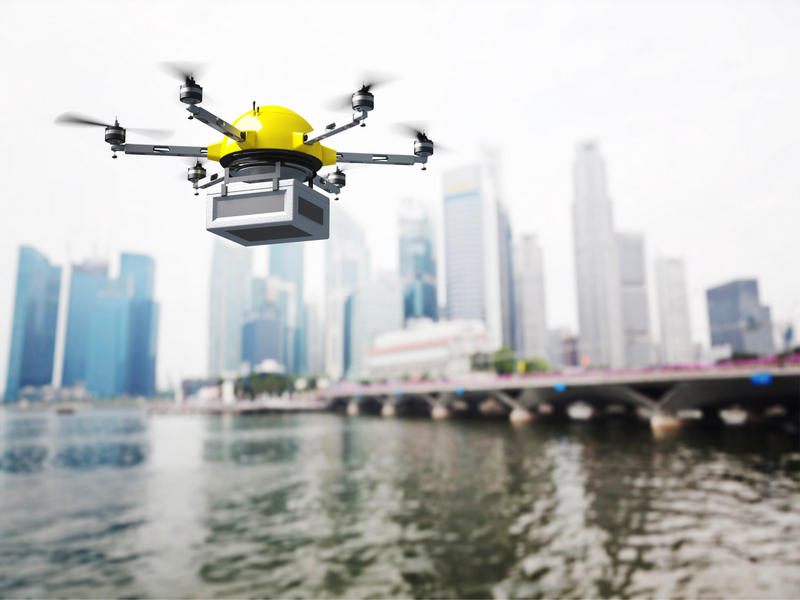e-Commerce Delivery
From Drivers to Drones
The NAIOP Commercial Real Estate Development Association recently held its second annual E.Con in Atlanta, a conference dedicated to e-commerce innovation. During the two-day event, last mile delivery stayed at the forefront of conversation. As the nation faces a shortage of 240, 000 truck drivers, e-commerce companies are actively seeking alternatives to traditional delivery methods. […]
